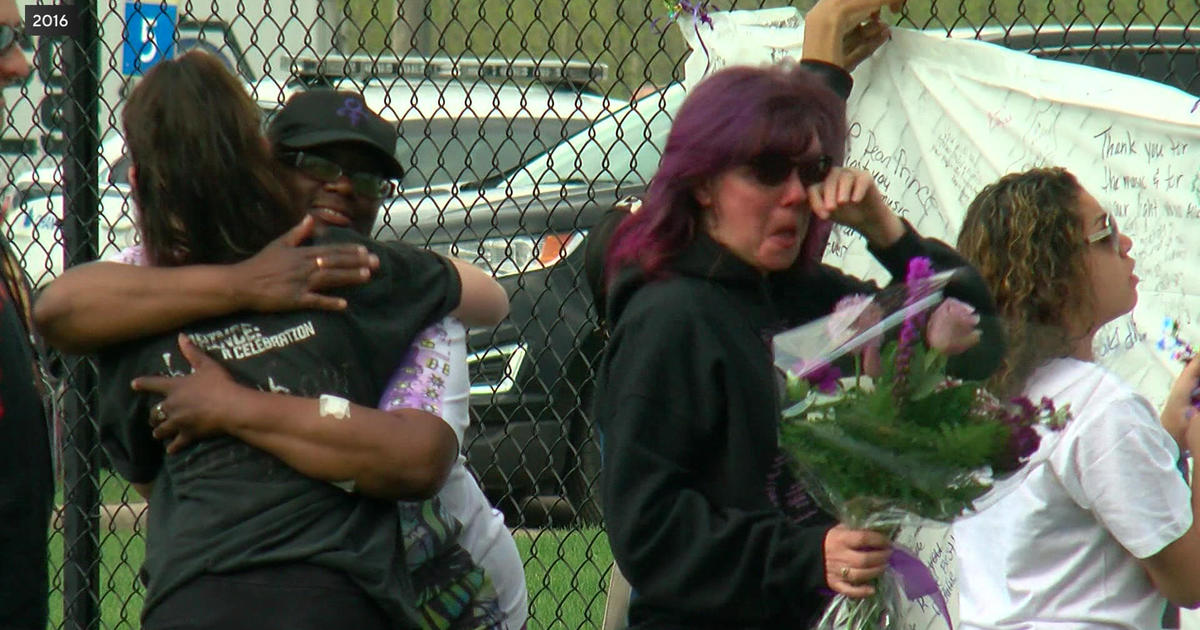Study: U.S. Bank Stadium Causes 100+ Bird Deaths Annually
MINNEAPOLIS (WCCO) -- There's no denying that visually, U.S. Bank Stadium is a remarkable structure.
But that unique design, highlighted by walls of windows several stories tall, has a deadly side effect for birds.
"When the stadium came online, many people brought it up as a potential problem," said Joanna Eckles, Curator of Birds at the University of Minnesota's Raptor Center.
Eckles was part of a team of researchers who co-authored a study on what factors influence bird-building collisions in downtown Minneapolis. It found an estimated 111 birds die after colliding with U.S. Bank Stadium each year -- the third highest number out of 21 buildings surveyed downtown. The research focused specifically on spring and fall migration periods in 2017 and 2018.
Eckles said the number of collisions that occurred at the stadium are on par with some of the worst buildings in the country.
"I think the huge important thing to say is that this is a preventable problem. We know how to stop this problem," she said.
The actual number of birds that die per year after a collision with U.S. Bank Stadium is likely higher than the study's findings, given that researchers focused solely on migration periods. Eckles said birds that collided but survived also had a higher likelihood of dying later on due to their head injuries and vulnerability to predators.
The study was led by Scott Loss, an associate professor at Oklahoma State University. The research team included several bird and environmental experts from the Twin Cities area, including Eckles. She said many of their concerns were brought to the Minnesota Sports Facilities Authority's (MFSA) attention as the stadium was being created, however their suggestions fell on deaf ears.
"When that didn't happen, we worked with them, we proposed a study with them to really get a handle on the problem," she said.
The MFSA and Minnesota Vikings funded the study. The stadium and three high rise office buildings accounted for 74% of bird collisions in the study. Eckles said the two biggest issues involved glass and lighting.
"The lighting exacerbates the problem because a lot of the small birds that hit windows are migrating at night, and the lighting disorients them, brings them down into the city area where then they face all kinds of issue including the windows," she said.
Another issue involves vegetation near glass, since its reflection can lure birds into a collision. However, Eckles said removing vegetation is something they would not recommend.
"We're recommending that we protect birds from the windows near green space," she said.
That could involve putting a physical barrier on windows such as a screen, hanging something in front of them to create a visual barrier, or putting a patterned treatment on the glass. The Raptor Center has a similar treatment on its windows, which Eckles said has completely prevented bird collisions with the building.
After the study's findings were released, the MSFA and Minnesota Vikings released a joint statement, acknowledging that they would explore options outlined in the study, including turning off the lights at night during migration periods:
The MSFA and the Minnesota Vikings are committed to further evaluating each of the mitigation recommendations presented within the recently published scientific study of bird collisions at U.S. Bank Stadium. Specifically, we will review the Audubon Society's "Lights Out" guidelines, particularly during migratory and seasonal weather, in an effort to expand our current participation in that program. We will also focus on the vegetation recommendations with any potential future landscaping projects. As it relates to glass treatment, we need to better understand the effectiveness of the various applications and the impact such treatments would have on the stadium's architectural integrity and aesthetics. We are pleased to have funded this first-of-its-kind study and appreciate the collaboration by all parties in contributing to the conservation of migratory birds by improving the scientific understanding of bird collisions.
Eckles would welcomes those changes, but she's more excited about the study's potential impact on future projects.
"It has brought so much attention to this issue so that architects are now beginning to look at it with other buildings and looking at preventing the problem before we have buildings built," she said.




